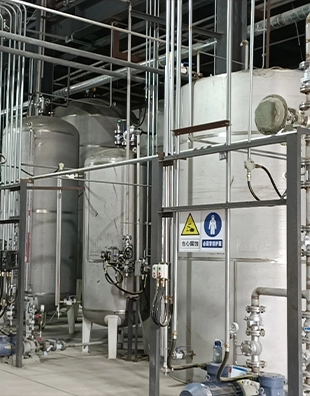Role of Poly Aluminium Chloride in Enhancing Water Treatment Processes
The Function of Poly Aluminium Chloride in Water Treatment
Poly Aluminium Chloride (PAC) is widely used as a coagulant in water treatment processes due to its efficient and effective performance in removing suspended particles and impurities from water. As a polymer of aluminium chloride, PAC offers significant advantages over traditional alum coagulants, making it a popular choice in municipal and industrial water treatment facilities.
One of the primary functions of PAC in water treatment is to destabilize colloidal particles present in water. Colloidal particles are tiny particles that remain suspended in water, making it difficult to achieve clarity. PAC, when dissolved in water, dissociates to release positively charged aluminium ions. These ions neutralize the negative charges of the colloidal particles, allowing them to clump together in a process known as aggregation. This aggregation fosters the formation of larger particles or flocs, which can then be easily removed through subsequent sedimentation or filtration processes.
Another significant function of PAC is its ability to operate effectively across a wide range of pH levels. Unlike traditional alum, PAC demonstrates optimal performance in slightly alkaline to neutral pH conditions (around 6 to 8). This flexibility allows water treatment plants to maintain necessary pH levels without extensive chemical adjustments, resulting in reduced operational costs and improved efficiency.
function of poly aluminium chloride in water treatment

PAC also possesses a higher density compared to alum, leading to more rapid settling of flocs. This characteristic not only accelerates the sedimentation process but also enhances the overall water treatment capacity. Moreover, the use of PAC can result in a lower dosage requirement compared to traditional coagulants, making it both economical and environmentally friendly.
The use of PAC extends beyond municipal water systems; it is also applied in various industries, including paper manufacturing, textile production, and wastewater treatment. In these applications, PAC facilitates the removal of contaminants and enhances the quality of treated water, ensuring compliance with environmental regulations.
In conclusion, Poly Aluminium Chloride serves multiple critical functions in water treatment, including the effective destabilization of colloidal particles, optimal performance across various pH levels, rapid floc settling, and cost efficiency. As the demand for clean water continues to rise, the role of PAC in water treatment processes will undoubtedly remain significant, contributing to improved water quality and sustainability in various sectors.
-
Water Treatment with Flocculant Water TreatmentNewsJun.12,2025
-
Polymaleic AnhydrideNewsJun.12,2025
-
Polyaspartic AcidNewsJun.12,2025
-
Enhance Industrial Processes with IsothiazolinonesNewsJun.12,2025
-
Enhance Industrial Processes with PBTCA SolutionsNewsJun.12,2025
-
Dodecyldimethylbenzylammonium Chloride SolutionsNewsJun.12,2025





